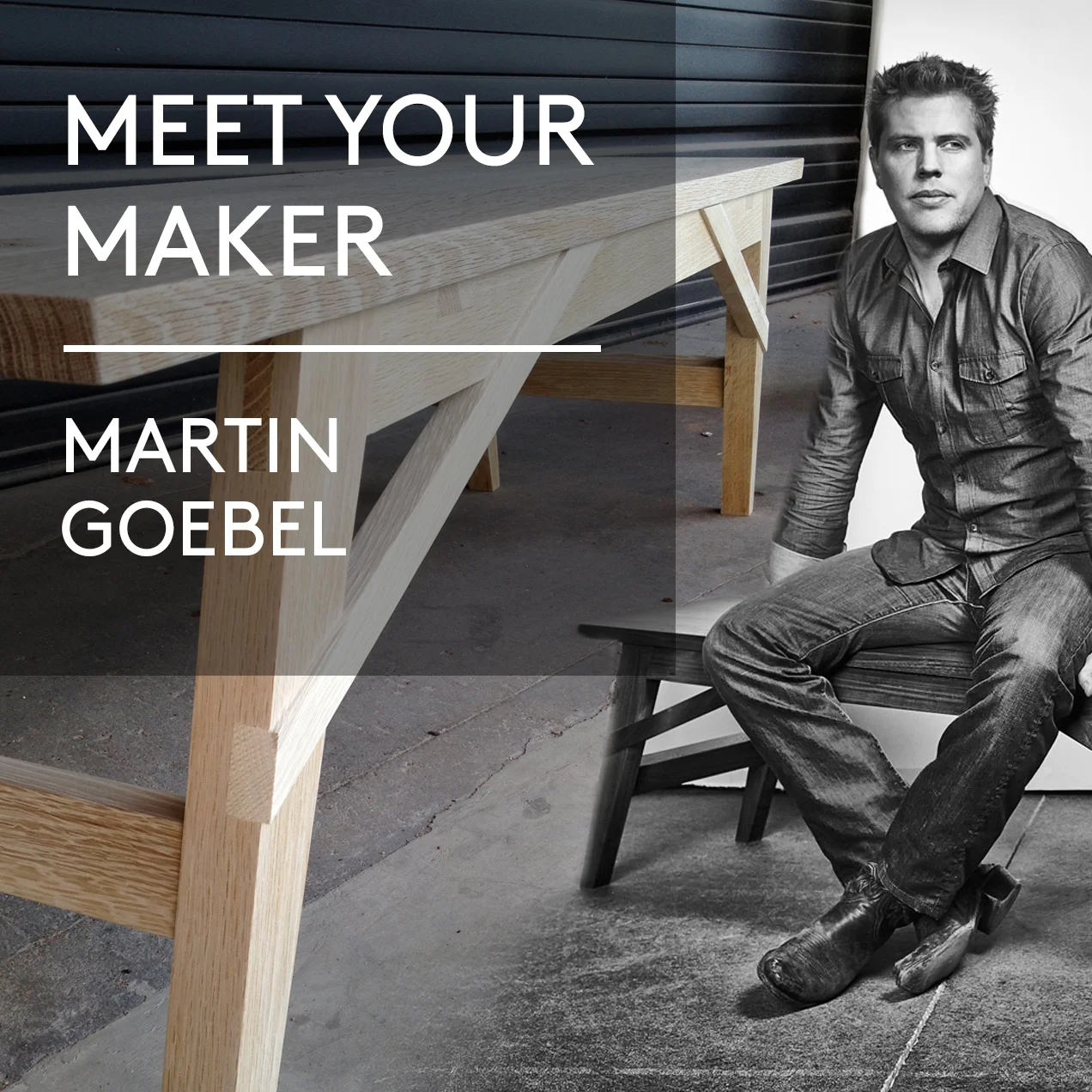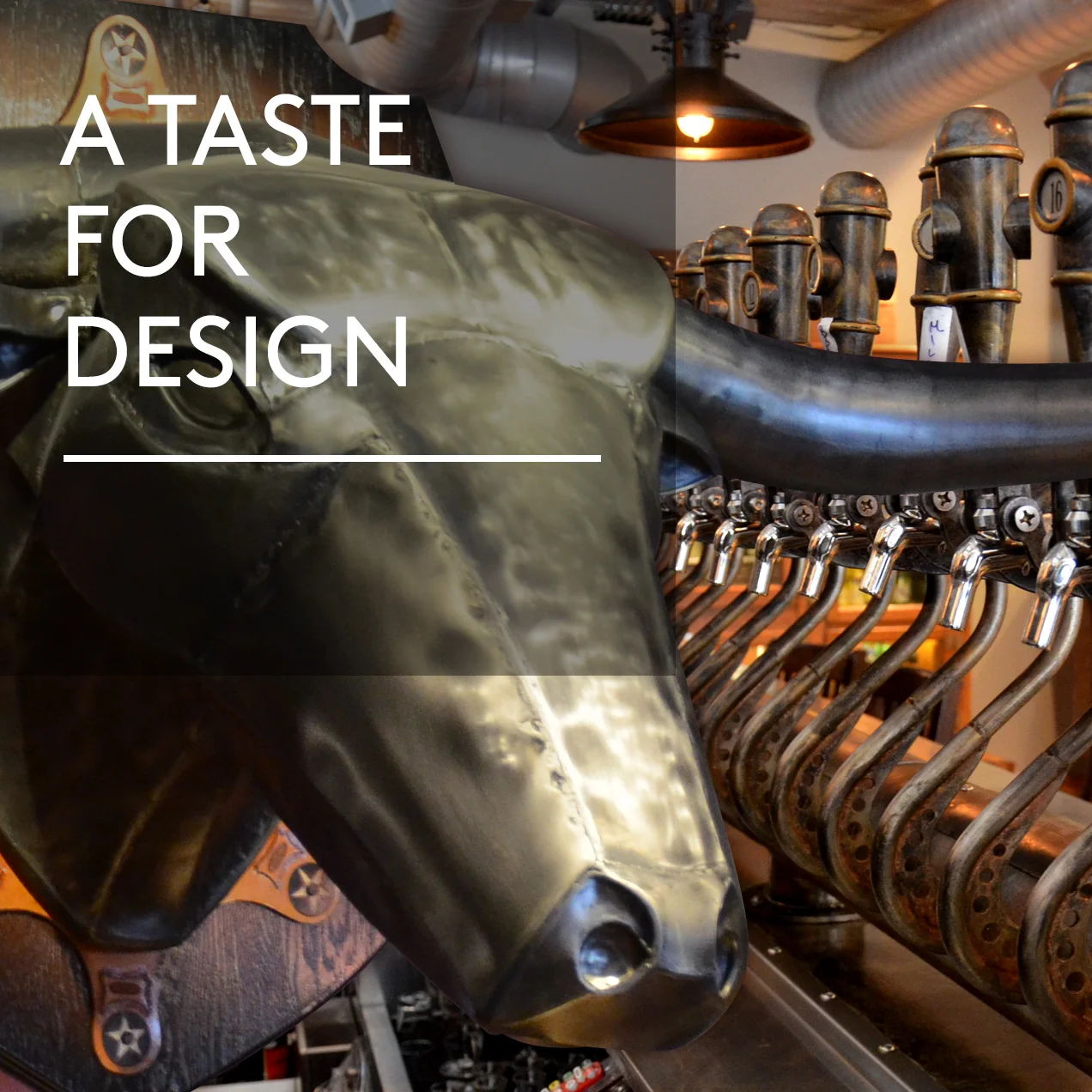Revival²: Abir Ali Leads And Lives Detroit’s 7.2 SQ MI Project
/Detroit, the city that put America on wheels, is ready to roll again. A youthful cadre of thinkers and doers is showing the way to a future that puts design at the forefront of a revitalized downtown core.
Among the leaders is 34-year-old Abir Ali, an architect and furniture designer who headed the 7.2 SQ MI project, an effort to document the center city’s rebirth and lay a foundation for thoughtful growth. A native of Detroit, Ali returned home to help shape the future of a place she calls “rough, gritty, ambitious and exciting.”
The Skinny
- Abir Ali owns and designs furniture at the Ali Sandifer Studio
- detroitsevenpointtwo.com
- www.alisandifer.com
The reality of Detroit, she says, lies somewhere between a shiny vision of endless redevelopment and the post-apocalyptic “ruin porn” that so many outsiders can’t get beyond.
“There’s a lot of energy and commitment,” she says. “Dollars are flowing in, projects are in the pipeline. But there are also a lot of challenges. We’ve come to the conclusion that this is a pretty fantastic place to plant roots. But it’s also a challenging place.”
Ali is counting on smart design to meet that challenge.
“It’s great that we’re figuring out financing, that we’re rehabbing more buildings, that we’re getting permitting and zoning,” she says. “But if you don’t pause and ask about the impact of design, then how will you feel about the built environment of Detroit in 30 years? Will it be memorable, or will it be forgettable?
“Design can be very inspirational and very emotional. It can be those things while still being very functional. You can contribute something beautiful and exciting – or you can put up a lot of utilitarian buildings that aren’t inspirational.”
She’s already bringing that theory to life with Ali Sandifer Studio, the furniture business she runs with her husband. They create designs that are functional, attractive and intelligent. Her dual roles as business owner and designer are informing her views on what it will take to bring downtown Detroit to life.
“There has to be a marriage between beauty and intelligence. And that’s what a city is,” she says. “I can be looking at a detail on a furniture piece, seeing how it fits. And you can apply the same logic to urban design and planning. Is this neighborhood, this block, this corner as beautiful as it can be? Can it be more intelligent?
Abir Ali’s Photo (Credit Abir Ali)
























